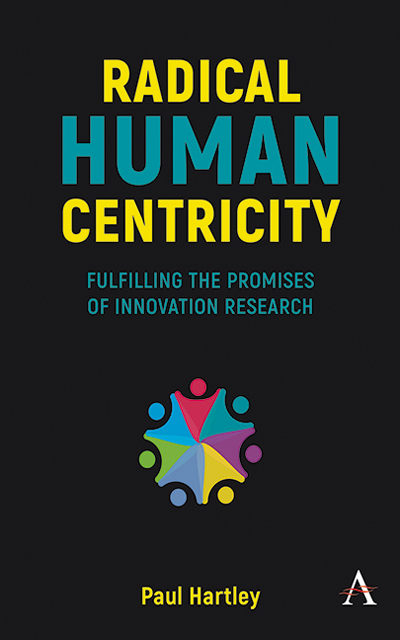An Outline of the RHC Process
Published online by Cambridge University Press: 22 November 2022
Summary
Broadly speaking, there are five parts to a radically human-centric approach. They are dependent on each other and make no sense separately. Instead of being a modular process, where you can plug one phase into a design sprint, or conduct it individually as a workshop, they must all be present for it to be any kind of research at all. So, while you must go through each step, there is no set timeframe, minimum or maximum, or proscription on when they must be applied. Rather, this is the set of steps every good research program must have in order to be successful. They can be executed rapidly or stretched over a long period of time.
The five steps are:
1. Scoping – Establishing the purpose of the research and tuning the approach to the goals.
2. Observing – Studying the world as it is and digging deep into the lives of others.
3. Understanding – Making sense of what you found in your observations.
4. Generating – Developing statements of truth about what you found and think and extrapolating the next steps.
5. Activating – Preparing your insights for your audience and helping them understand what to do about it.
There should be nothing surprising here. Every one of the actions one undertakes in each phase of an RHC research program should be intuitive and solidly grounded in common sense. I argue the real shock lies in why few people talk about research in this way. Rather than being a branded process, or a framework for success, these are just the steps to executing good work. They can be applied in a number of different ways or spread across different kinds of research. The Radical Human Centricity is less a process than it is a set of alterations to thought and action in order to achieve the goal of really keeping people and the reality of their lives at the forefront as we research, ideate, and design for the betterment of everyone's lives. These five phases can even be mapped over a design thinking program, getting us from an idea to a product, service, or experience in market.
Few of the steps in these five categories are sufficient in themselves to earn the name Radical Human-Centricity.
- Type
- Chapter
- Information
- Radical Human CentricityFulfilling the Promises of Innovation Research, pp. 157 - 158Publisher: Anthem PressPrint publication year: 2022

